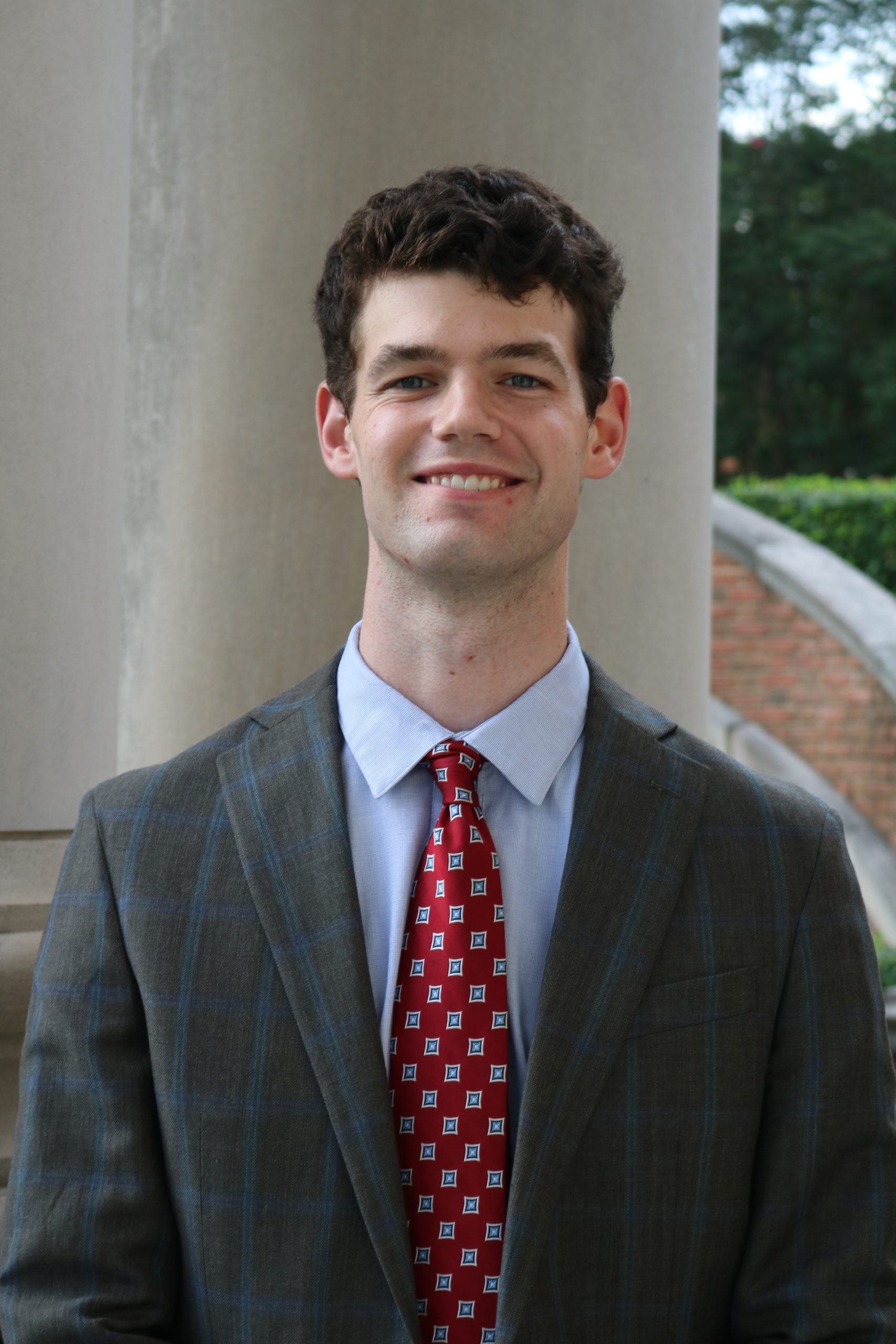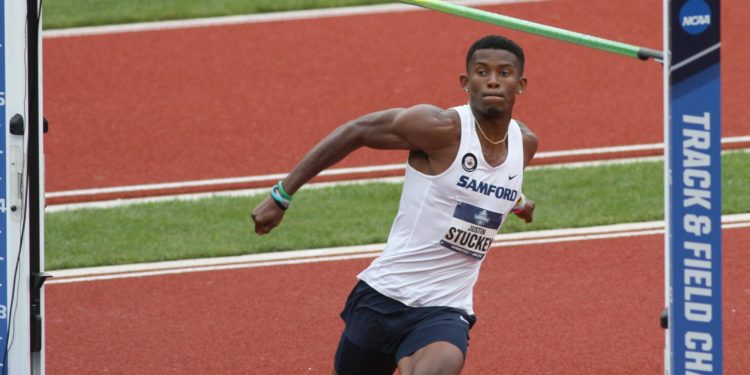From the Crimson Tides to the Nittany Lions, and the Fighting Irish to the mighty Samford University Bulldogs in Homewood, Alabama, the college athletics landscape has changed forever.
Since its founding in 1906, the NCAA believed that college athletes should be regarded as amateur athletes, deeming them unable to make a cent from the multi-billion dollar industry. For decades, student-athletes fought for their right to make money from their image.
Finally, on June 28, the NCAA recommended to suspend its rules surrounding amateurism, thus allowing college athletes to make money off of their image, or “likeness.” This recommendation will act as a temporary suspension of its previous rules until a more official policy is released.
This landmark decision is commonly known as the “NIL ruling,” which stands for name, image and likeness.
Within the following week after the NCAA’s recommendation, student-athletes from across the country were already taking advantage of the new rule. Advertisements for renown brands were featuring NCAA athletes and setting the foundation for a new age in college athletics.
Though a majority of the NIL deals filling the media come from Power 5 conference athletes, Samford Bulldogs are already benefiting from the NIL ruling.
Samford junior Justin Stuckey, already one of the most decorated track and field athletes in program history, recently competed for a national championship and a spot on the USA Olympic team. His All-American talent has already landed him multiple sponsorship deals, which highlights the immediate impact the NIL ruling has had on student-athletes.
“The NIL has been a game changing move by the NCAA,” Stuckey said. “We as student athletes are able to do new things — anywhere from getting sponsorships from big time brands to hosting our own camps.”
Some of the big brands that Stuckey has worked with include Hibbett Sports, Body Armour and Swiftwick Socks. Stuckey has also earned sponsorships with local brands like Taco Mama and Insomnia Cookies. He also plans to host his very own track and field camp in his hometown of Helena, Alabama.
Though Samford Athletics may not have the national audience that Power 5 programs do, there are plenty of local sponsorship opportunities available.
A recent example of a local sponsorship came from Samford football defensive lineman Justin Hayes. Hayes recently partnered with local restaurant Saw’s Barbecue, a favorite BBQ joint among Samford students. His simple social media partnership with Saw’s is an example of the types of opportunities that are now available to Samford student-athletes.
“This new era for college athletics has been great,” Stuckey added. “It gives us an opportunity to profit off of all the hard work we have put into what we do.”
Within the first three months of the NIL ruling, national news outlets have covered the benefits that the ruling has given to nationally-renowned athletes. Bryce Young, starting quarterback for the University of Alabama, has reportedly made almost seven figures, according to Alabama head coach Nick Saban. This claim was made by Saban over two months ago, before Young’s first start.
Though Samford student athletes may not have a goal of seven figures in mind, the wealth of opportunities now available are endless. This is especially true for a school like Samford, one that is very close with its surrounding community and has earned respect among Birmingham natives.







